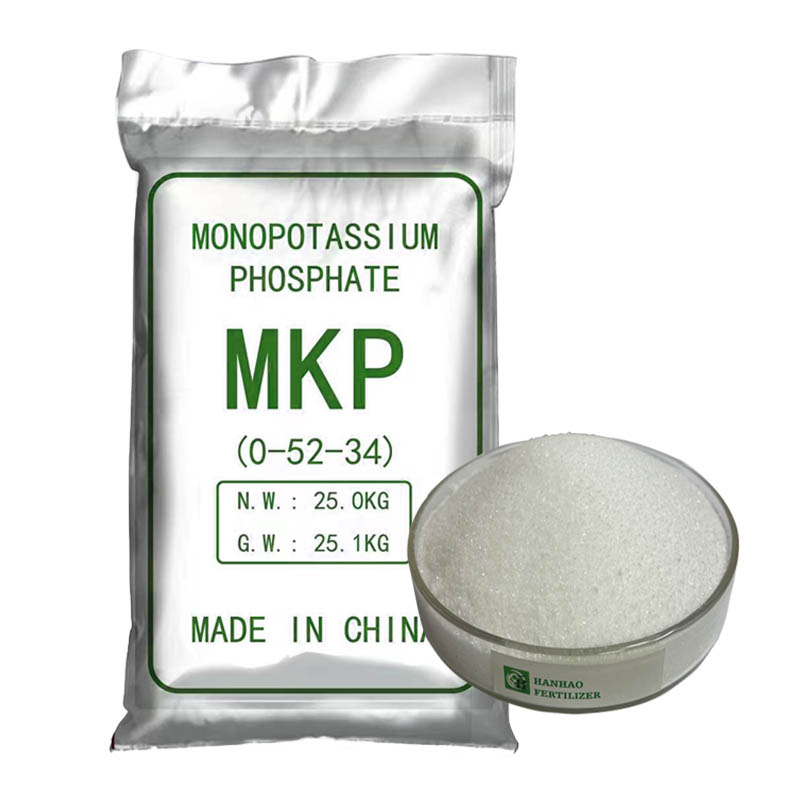
Дек . 26, 2024 10:33 Back to list
Impacts of Urea Fertilizer Application on Crop Yields and Soil Health
The Use of Urea Fertilizer in Modern Agriculture
Urea fertilizer is one of the most widely used nitrogen sources in agricultural practices worldwide. As farmers seek to enhance crop yields and improve soil health, understanding the properties, advantages, and drawbacks of urea is paramount. This article aims to delve into the significance of urea fertilizer, its application methods, and its impact on sustainable agriculture.
What is Urea Fertilizer?
Urea, a nitrogen-rich compound with the chemical formula CO(NH2)2, is produced synthetically through the Haber-Bosch process. This method combines atmospheric nitrogen with hydrogen derived from natural gas at high temperatures and pressures. The resulting fertilizer contains about 46% nitrogen, making it one of the most concentrated sources of nitrogen available.
Advantages of Urea Fertilizer
One of the primary benefits of urea fertilizer is its high nitrogen content, which is essential for plant growth. Nitrogen is a vital nutrient that promotes vigorous plant development, enhances photosynthesis, and facilitates the formation of amino acids and proteins. The application of urea can significantly increase crop production, which is critical in meeting the food demands of a growing global population.
Urea is also versatile and can be used across various farming systems, including cereals, vegetables, and cash crops. It can be applied in several ways—broadcasting, banding, or as a solution for foliar feeding—allowing farmers to tailor their approach based on specific crop needs and environmental conditions.
Moreover, urea is relatively inexpensive compared to other nitrogen fertilizers. This cost-effectiveness makes it an attractive option for farmers, especially in developing countries where agricultural input costs can be a limiting factor in crop production.
Disadvantages and Environmental Concerns
Despite its advantages, the use of urea fertilizer is not without challenges. One significant drawback is its susceptibility to volatilization. When urea is applied to the soil surface, especially in warm and dry conditions, a portion of the nitrogen can be lost to the atmosphere as ammonia gas. This not only reduces the fertilizer's effectiveness but also contributes to air pollution.
use of urea fertilizer

Additionally, excessive use of urea can lead to soil acidification and nutrient imbalances. Over-reliance on nitrogen fertilizers may result in reduced soil biodiversity and harm beneficial soil microorganisms crucial for maintaining soil health. Furthermore, runoff from urea application can contaminate water bodies, leading to eutrophication—a process that results in harmful algal blooms and degradation of aquatic ecosystems.
Best Practices for Urea Application
To mitigate the negative impacts while maximizing the benefits of urea fertilizer, it is essential to adopt best management practices. These include
1. Soil Testing Regular soil testing helps determine nutrient needs and avoid excessive application of urea. 2. Proper Timing Applying urea at the right time, such as during periods of active plant growth, enhances its utilization by plants and minimizes nitrogen loss.
3. Method of Application Incorporating urea into the soil can reduce volatilization losses. Banding or injecting urea ensures that the nitrogen is available to the plants while minimizing environmental impacts.
4. Use of Stabilized Urea Products that contain inhibitors can reduce nitrogen losses, enhancing the efficiency of urea fertilizer.
5. Integrating Other Fertilizers Combining urea with other nutrient sources, like organic matter or slow-release fertilizers, can create a more balanced nutrient profile and improve soil health.
Conclusion
The use of urea fertilizer plays a critical role in modern agriculture, providing an essential nutrient to crops while aiming to meet increasing food production demands. However, responsible and informed application practices are crucial to minimize environmental harm and promote sustainable farming. By implementing best practices and utilizing urea efficiently, farmers can continue to enhance productivity while safeguarding the health of ecosystems and soil. The future of agriculture lies not just in increasing yields but in striking a balance between productivity and sustainability.
-
10 10 10 Fertilizer Organic—Balanced NPK for All Plants
NewsJul.30,2025
-
Premium 10 10 10 Fertilizer Organic for Balanced Plant Growth
NewsJul.29,2025
-
Premium 10 10 10 Fertilizer Organic for Balanced Plant Growth
NewsJul.29,2025
-
Premium 10 10 10 Fertilizer Organic for Balanced Plant Growth
NewsJul.29,2025
-
50 Pound Bags of 13-13-13 Fertilizer for All Plants – Bulk & Organic Options
NewsJul.28,2025
-
High-Efficiency 15-30-15 Granular Fertilizer for Healthy Crops
NewsJul.28,2025
